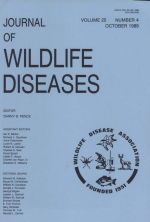REVIEW ARTICLE (1)
ARTICLES (18)
SHORT COMMUNICATIONS (17)
BOOK REVIEWS (1)

No abstract available
